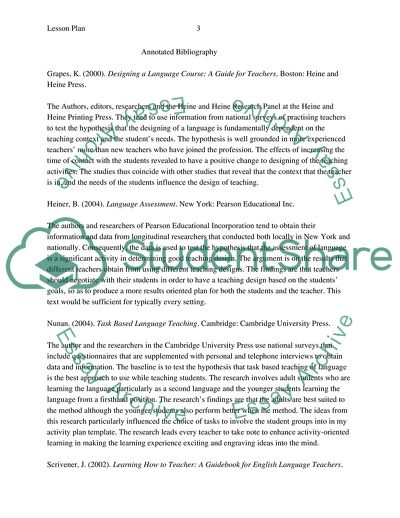Cite this document
(Lesson planning and planning Journal Annotated Bibliography - 1, n.d.)
Lesson planning and planning Journal Annotated Bibliography - 1. Retrieved from https://studentshare.org/education/1831102-lesson-planning-and-planning-journal
Lesson planning and planning Journal Annotated Bibliography - 1. Retrieved from https://studentshare.org/education/1831102-lesson-planning-and-planning-journal
(Lesson Planning and Planning Journal Annotated Bibliography - 1)
Lesson Planning and Planning Journal Annotated Bibliography - 1. https://studentshare.org/education/1831102-lesson-planning-and-planning-journal.
Lesson Planning and Planning Journal Annotated Bibliography - 1. https://studentshare.org/education/1831102-lesson-planning-and-planning-journal.
“Lesson Planning and Planning Journal Annotated Bibliography - 1”. https://studentshare.org/education/1831102-lesson-planning-and-planning-journal.


